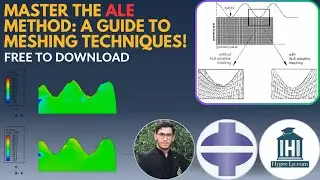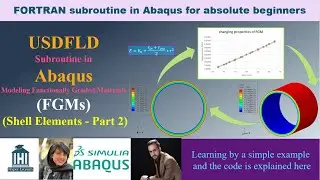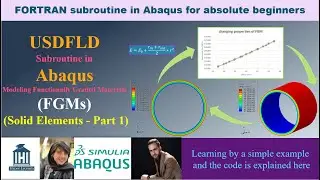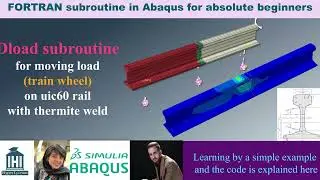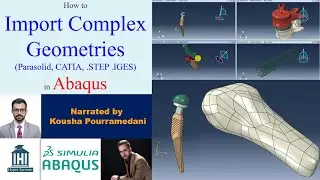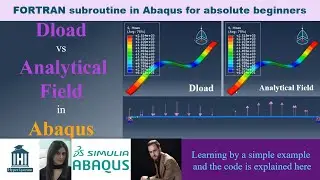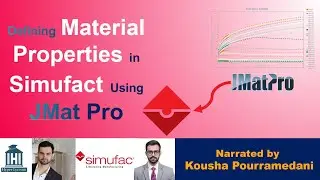Mass Scaling in ABAQUS: Boost Simulation Speed with This Technique
Discover how to use mass scaling in ABAQUS to dramatically reduce simulation time and optimize computational resources. This tutorial dives deep into the concept of mass scaling, explaining its role in quasi-static simulations and how it can be applied effectively in processes like deep drawing, forging, and rolling. Mass scaling works by increasing the minimum time increment, allowing for faster results without compromising the accuracy of your simulation.
This video covers everything from the theoretical foundation of mass scaling to a hands-on setup in ABAQUS. Key topics include the differences between dynamic implicit and dynamic explicit steps, when and why to switch to an explicit solver, and how mass scaling can help manage large deformations and reduce calculation costs. Step-by-step instructions show how to set up and adjust mass scaling parameters in the ABAQUS interface, with detailed guidance on choosing between semi-automatic and automatic mass scaling options.
The tutorial also compares models with and without mass scaling to illustrate the impact on simulation speed and accuracy. Tips are provided on how to verify the stability of quasi-static conditions using energy ratios, ensuring your results remain reliable. Perfect for engineers and researchers aiming to optimize their ABAQUS simulations and reduce runtime.
If you have any questions or need further assistance, feel free to contact the tutor at [email protected].
Connect with the tutor: https://hyperlyceum.com/services/fiel....
Don’t forget to like, share, and subscribe for more expert ABAQUS tutorials!
0:00 - Introduction to Mass Scaling and Quasi-Static Simulations
1:20 - Why Use Mass Scaling in ABAQUS
3:05 - Common Challenges in Quasi-Static Simulation
5:10 - Dynamic Explicit Step Overview
7:30 - Mass Scaling Formulation Explained
11:45 - Setting Up Mass Scaling in ABAQUS
15:20 - Exploring Key Mass Scaling Options
19:50 - Choosing Semi-Automatic vs. Automatic Mass Scaling
24:30 - Comparing Simulations with and Without Mass Scaling
28:50 - Verifying Quasi-Static Conditions with Energy Ratios
33:15 - Wrap-Up and Key Takeaways









